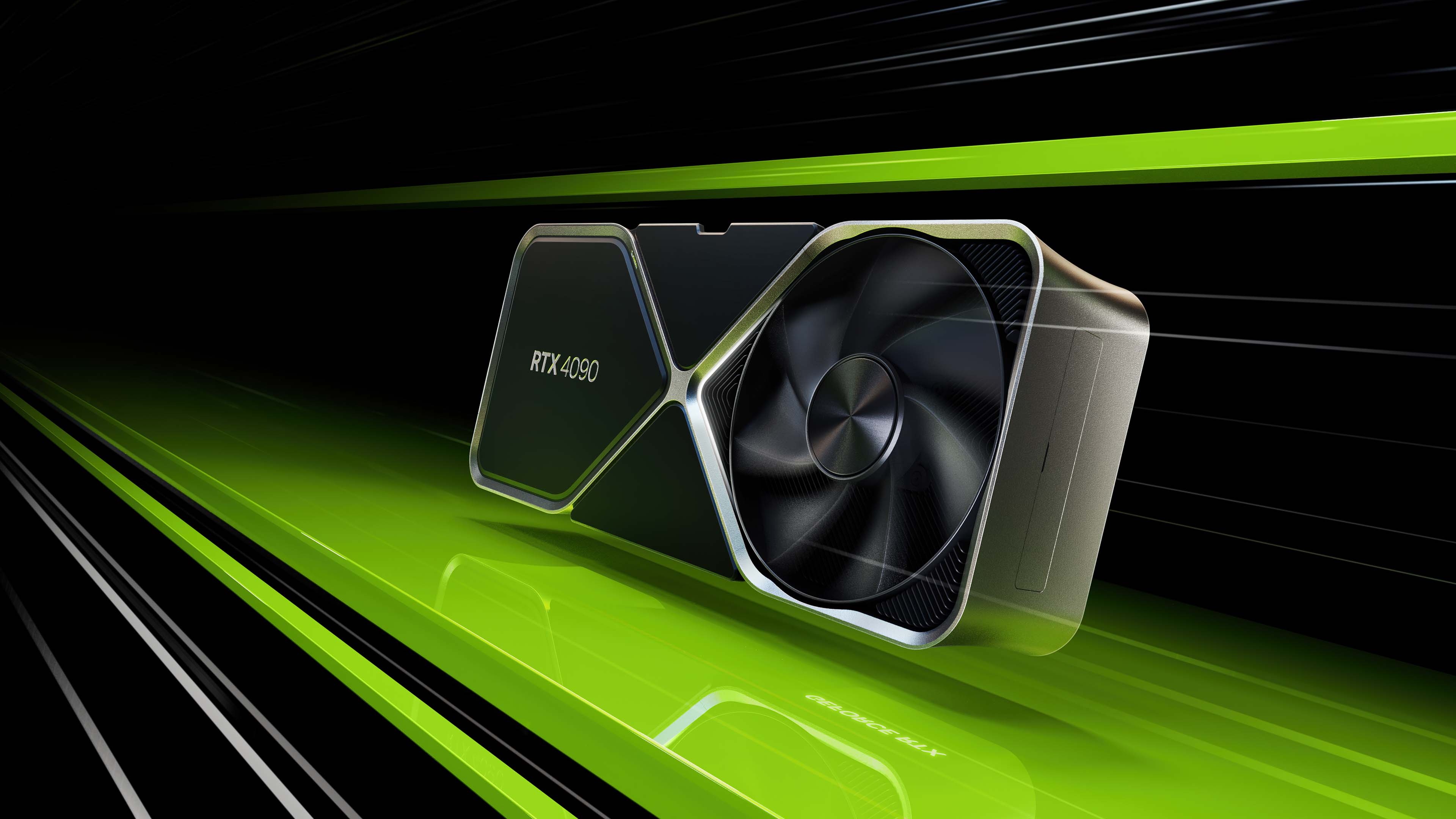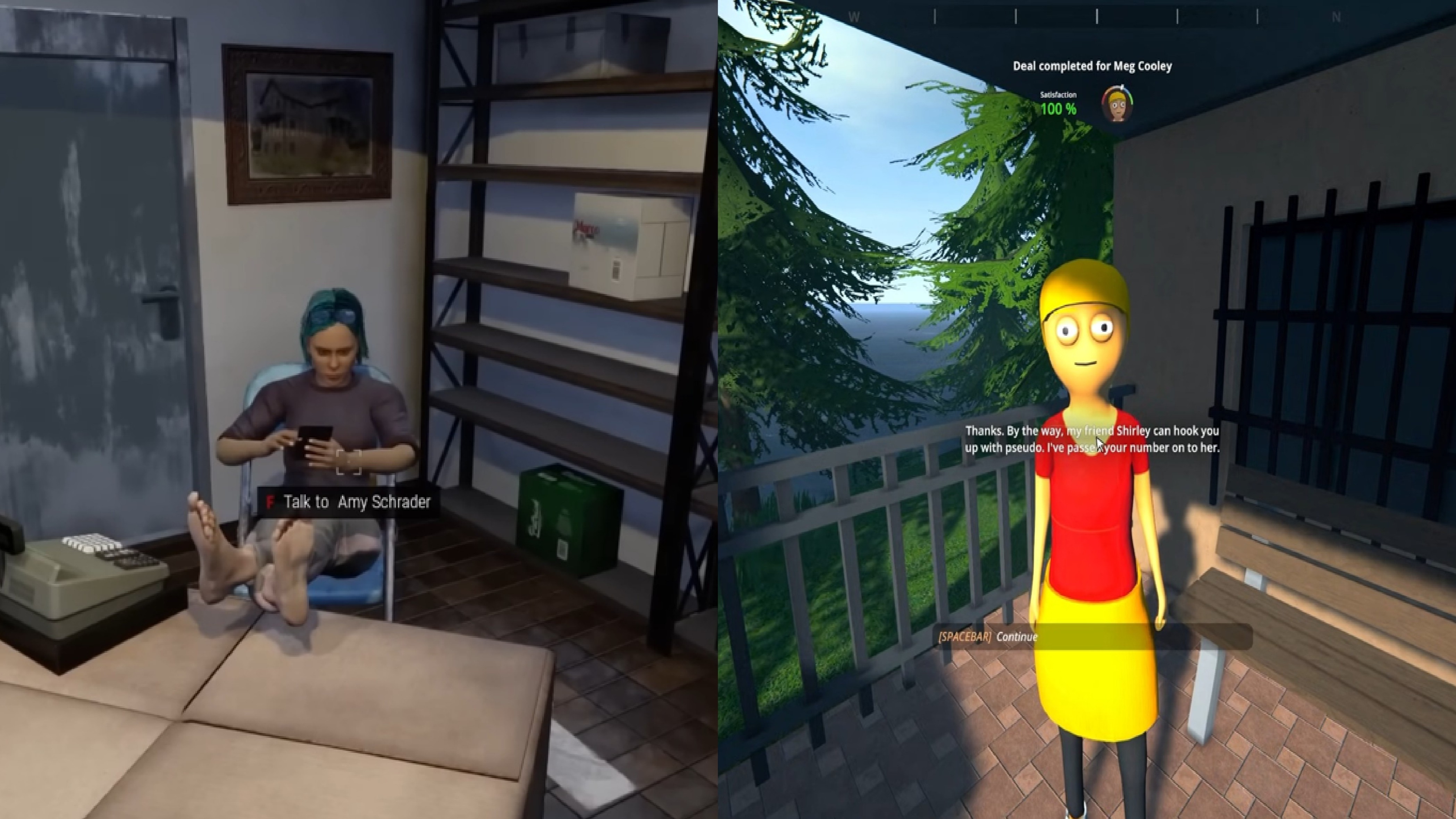Nvidia CEO declares Moore's Law dead following high-priced RTX 4090 launch
The RTX 4090's expensive price tag is justified, according to CEO

What you need to know
- Nvidia declares that Moore's Law is dead.
- Component prices are more expensive as a result of supply-side constraints that affect overall pricing.
- Nvidia is confident that it is delivering on value based on performance with its RTX 4090 launch.
- The company has plans to expand the RTX 4000 series family with more GPUs in the future when components are ready.
Following the launch of the latest RTX 4090 at the GPU Technology Conference (GTC), Nvidia CEO Jensen Huang told members of the media in a question and answer session that Moore's Law is dead. Questions about the premium GPU's high price tag, especially during uncertain economic times, began swirling online following the high-profile launch.
"Moore's law is dead," Huang said in response to PC World's Gordon Ung's question during the virtual press session. "And the ability for Moore's Law to deliver twice the performance at the same cost, or at the same performance and half the cost, every year and a half is over. It's completely over."
Huang provided insights into the company's pricing strategy for its high-end, premium RTX 4090, and a large part of it was due to supply chain constraints, an issue that began with the global pandemic affecting shipping, productions, and component procurement.
"So first of all, a 12-inch wafer is a lot more expensive today than it was yesterday," Huang began to explain. "And and it's not a little bit more expensive; it is a ton more expensive."
Going back to Moore's Law, which is driven by the principle that economies of scale and efficiencies would drive down price and have an impact on cost, Huang said that this no longer applies to today's chip manufacturing market.
"The idea that that that that a chip is going to go down in cost over time, unfortunately, is a story of the past," he added.
Another reason why there is a big jump in price is that Nvidia believes that it's latest RTX 4090 delivers significantly more performance, and not just the double performance that guides Moore's Law, over the prior RTX 3000 generation.
Get the Windows Central Newsletter
All the latest news, reviews, and guides for Windows and Xbox diehards.
To achieve this sort of jump in performance, Huang stated that Nvidia isn't just about hardware, and that the company has made significant investments across the full stack.
"The future is about accelerated full stack," the CEO explained. "You have to come up with new architectures, come up with as good chip designs as you can, and then of course computing is not a cheap problem. Computing is a software answer problem."
Hinting that the RTX 4090, which is based on the Ada Lovelace architecture as Nvidia pays homage to the world's first computer programmer, delivers more than a generational leap in performance, Huang stated that the new GPU is "monumentally better" than the RTX 3000 series.
"The performance of Nvidia's $899 GPU or $1,599 GPU a year ago, two years ago, at the same price point our performance with Ada Lovelace is monumentally better. Off the charts better."
Huang added that the numbering system is just a numbering system.
But if you don't have the budget for Nvidia's latest and greatest, Huang stated that the company remains committed to delivering more affordable solutions to expand deeper into the market. Though he did not directly comment that an RTX 4070 or RTX 4060 would be coming to target mainstream gamers, in a response to a different question, Huang stated that the company was only ready to launch the RTX 4090 and 4080 today.
When Nvidia is ready, given the supply chain constraints, it will expand the RTX 4000 family. In short, Huang implied that mid-range and entry-level gamers won't have to choose between a RTX 4090 and the older RTX 3000 lineup once the company fills in the gap with additional offerings in the 4000 series.
Chuong's passion for gadgets began with the humble PDA. Since then, he has covered a range of consumer and enterprise devices, raning from smartphones to tablets, laptops to desktops and everything in between for publications like Pocketnow, Digital Trends, Wareable, Paste Magazine, and TechRadar in the past before joining the awesome team at Windows Central. Based in the San Francisco Bay Area, when not working, he likes exploring the diverse and eclectic food scene, taking short jaunts to wine country, soaking in the sun along California's coast, consuming news, and finding new hiking trails.

